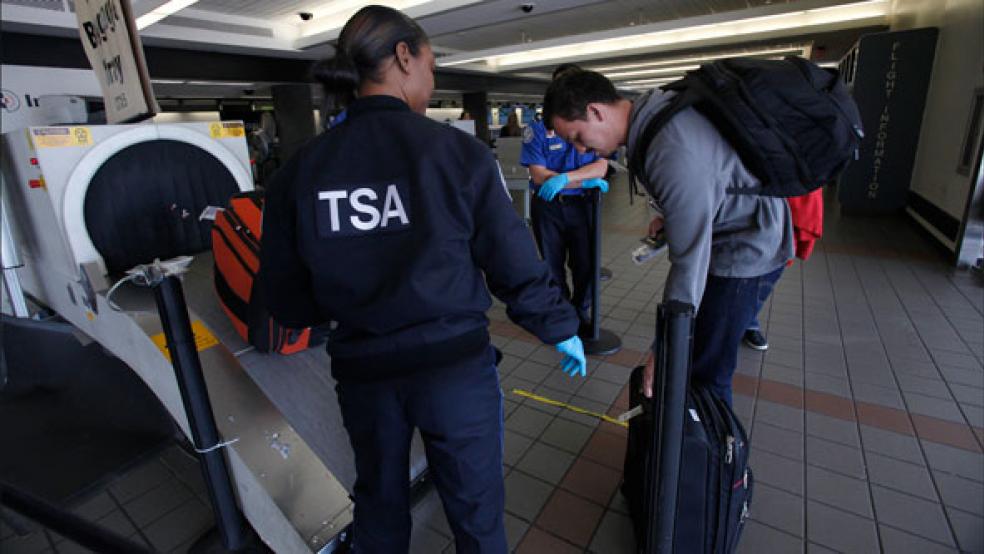The federal government has spent nearly $1 billion dollars on a Transportation Security Administration airline passenger screening program without a clue as to whether it is working and making the country safer.
The pricey behavior detection program, separate from the typical baggage screening program, tasks security officers with flagging airline passengers suspected of being a threat to national security simply by watching behavioral clues .
But a new report by the Department of Homeland Security’s Inspector General concluded that TSA has no way of demonstrating whether the program works effectively, is cost-effective or can justifiably be expanded.
“After approximately $1 billion spent, a history of racial profiling allegations and a lack of measurable results – this report makes it clear that the… program has not improved aviation security and has wasted taxpayer dollars that could have been spent on proven safety measures,” said Rep. Bennie Thompson, D-MI, who requested the audit and sits on the House Homeland Security Committee.
The program was launched in 2003 in the wake of the September 11 terrorist attacks on New York and Washington. TSA officers are required to observe passengers waiting to get through airport security. If a passenger looks suspicious, the officers will conduct casual interviews, asking them a few short questions to observe their behaviors as they respond. If a security officer deems someone “suspicious” they file a referral and report that passenger to the police.
The IG audit said that there is no indication that any of the program’s 2,800 employees have undergone any type of comprehensive training program. That most likely explains 7,019 of a total 110,000 referral records the IG reviewed didn’t identify the officer involved.. And 1,194 of the records didn’t meet the criteria for a referral and 143 didn’t contain an airport code.
And although TSA says its officers are told only to observe behaviors and not flag someone based on appearance, race, ethnicity or religion, the federal screening program has been in hot water numerous times for racial profiling.
Last August, the New York Times reported that 32 TSA officers at Boston’s Logan Airport revealed that their colleagues were intentionally targeting Hispanics, blacks and people of Middle Eastern origin.
In another case, the Newark Star Ledger reported that behavior detection officers at Newark Liberty International Airport nicknamed themselves "the Great Mexican Hunters." They targeted Mexican and Dominican passengers for scrutiny of their travel documents.
Newark Liberty’s behavior detection program again made headlines last year when two officers were suspended for sleeping on the job. Perhaps proper training would have taught them that napping on the clock is typically frowned upon.
Thompson plans to offer an amendment this week to DHS’ spending bill that would prevent an increase in funding for what he called the “failed and misguided effort.”
After the report was released, TSA Administrator John Pistole said the agency has been working to deal with the concerns before the audit began and that no significant concerns remain.
Pistole maintained that the program is “effective and has been validated and determined to identify substantially more high-risk travelers than a random screening protocol."



